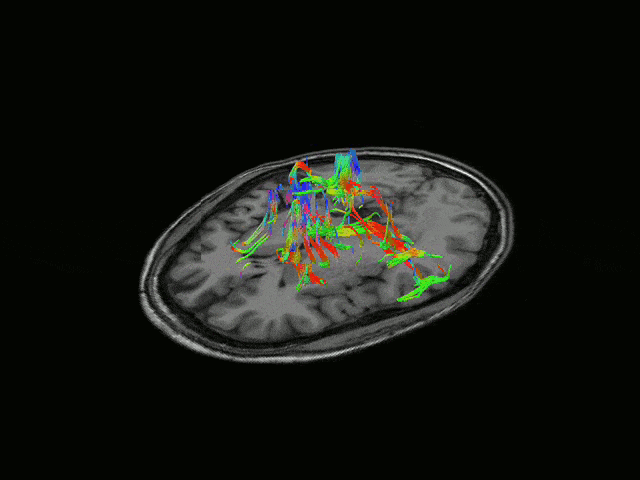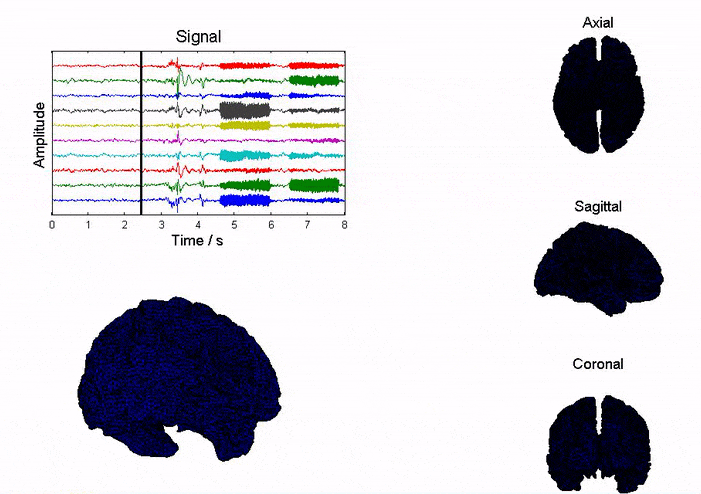Electrical stimulation of peripheral nerves can treat patients without necessitating pharmaceutical drugs. Stimulation of the vagus nerve, for instance, treats epilepsy, depression, arthritis, IBS, and more. However, nerve stimulation can lead to side effects when done improperly—that’s why we are working to optimize “Spatially Selective” stimulation, which delivers electricity to only the locations in a nerve which control desired effects. We use a multi-contact cuff electrode for stimulation and recording.
We have developed two algorithms which optimize spatially selective stimulation. First, we determine where the electrical current needs to be delivered, using a combination of imaging tools and custom source localization algorithms. Secondly, we determine the correct amount of current to apply to each electrode to precisely activate the target locations on the nerve. Our in-Silico and physical model findings demonstrate that we can use recording and stimulation together, to “save” a neural signal, and “load” that signal later

